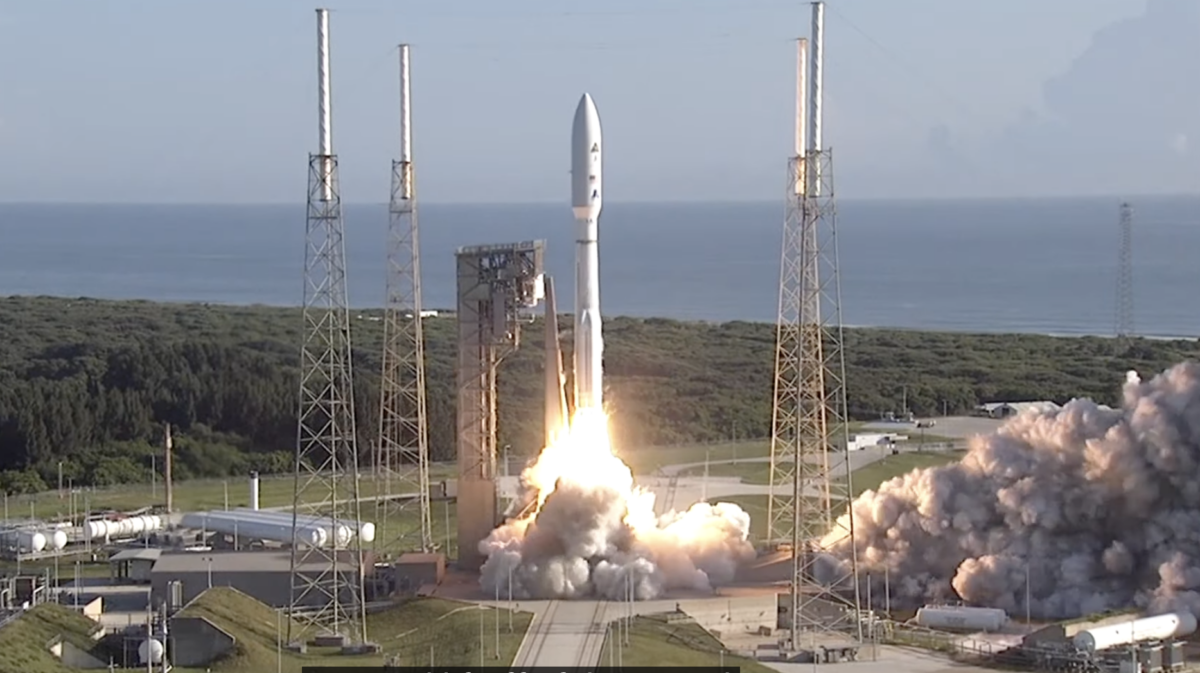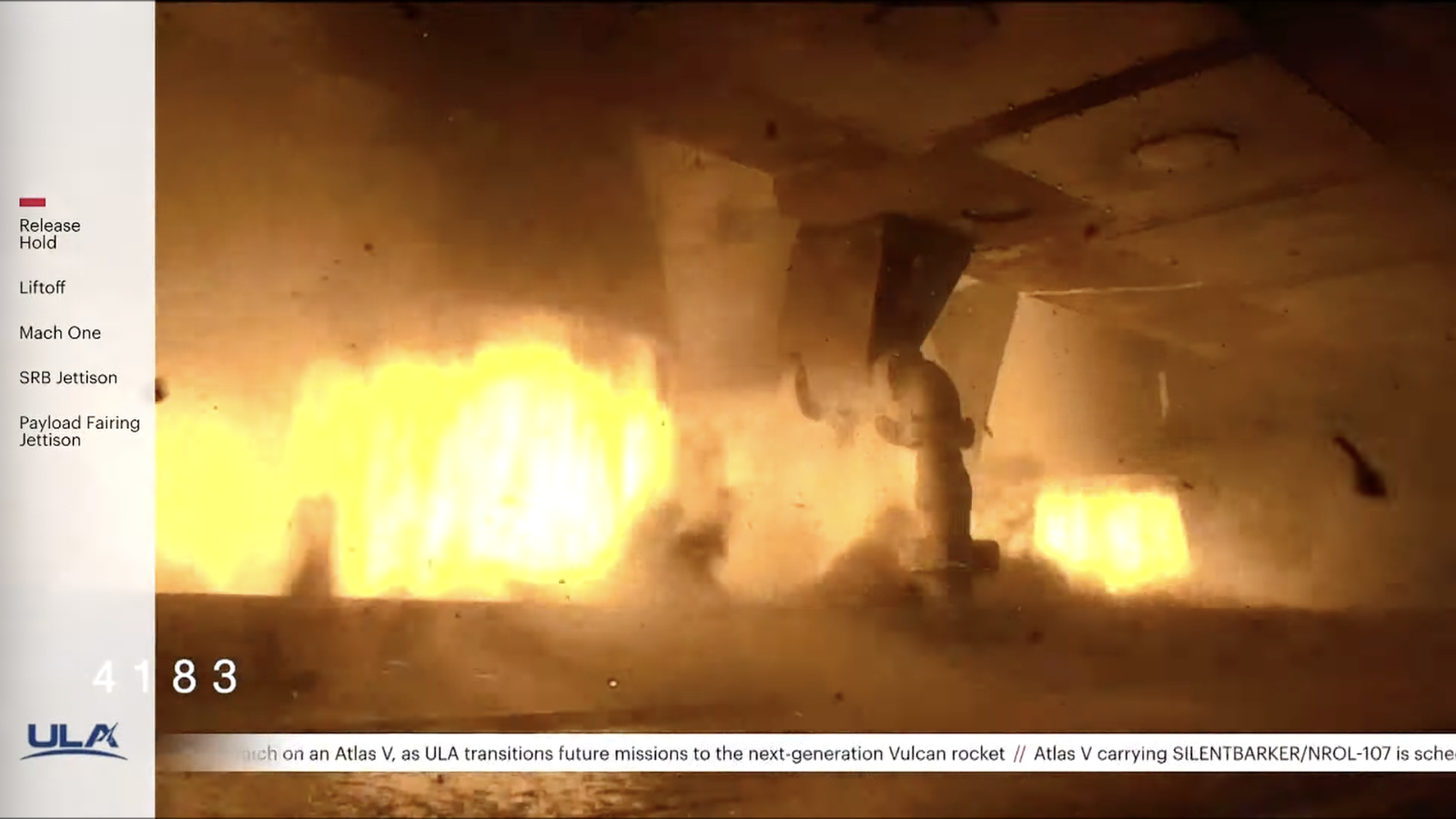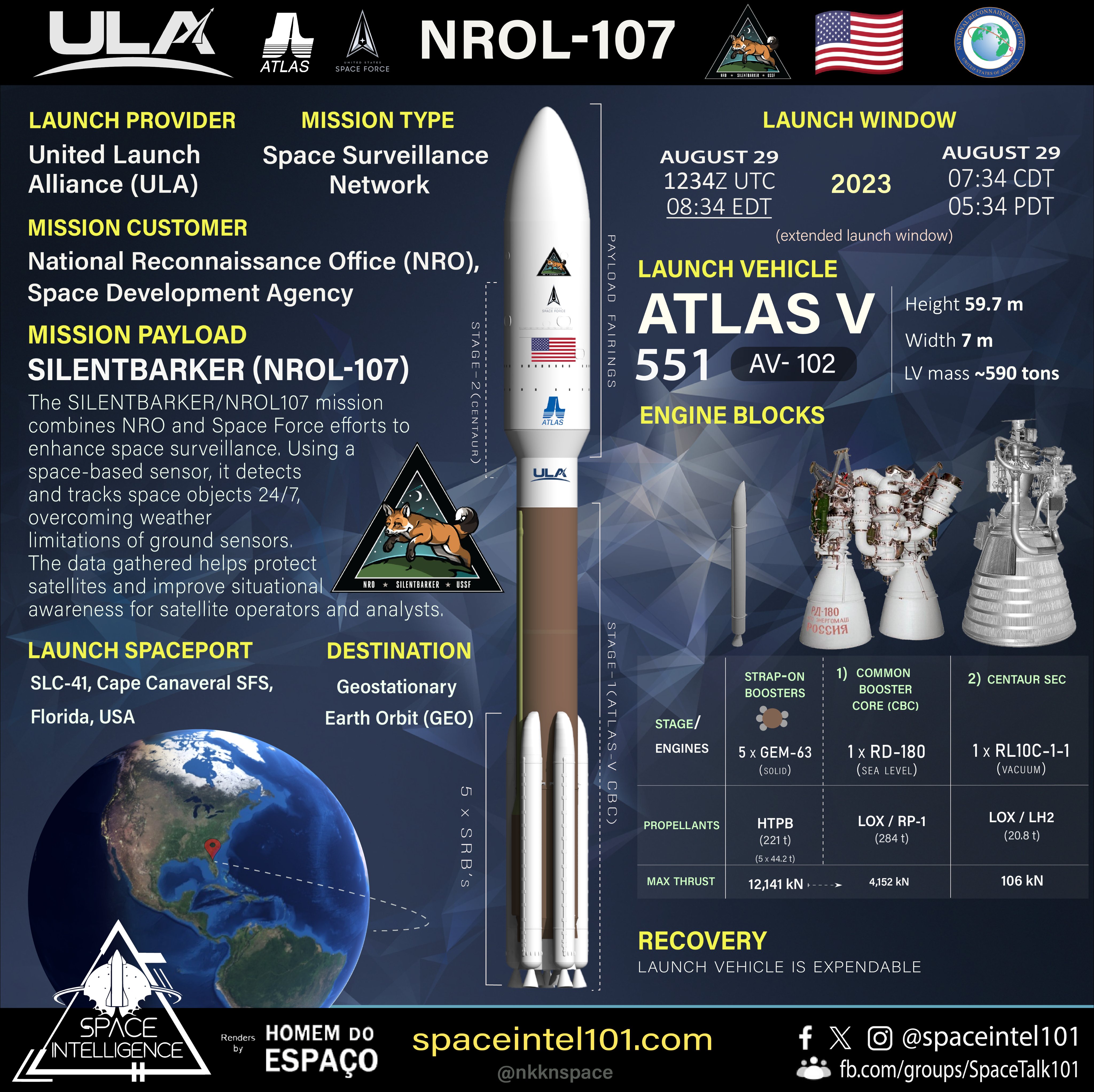U.S. officials said SilentBarker will help to safeguard the country’s satellites from foreign threats, as Russian and Chinese satellites engage in disruptive maneuvers and follow other nations’ spacecraft in orbit.
Scolese said Silent Barker “is going to provide us with unprecedented coverage of what’s going on in the geosynchronous belt,” more than 22,000 miles above Earth.
Having more satellites in that region of space “will help us to understand the intentions of other countries, to see what they’re doing, to see if there’s any indications of threats,” he said.
Most NRO space missions are classified but the intelligence community and the Pentagon decided to disclose the existence of SilentBarker in an effort to dissuade U.S. adversaries from carrying out nefarious activities.
Scolese said Silent Barker “is going to provide us with unprecedented coverage of what’s going on in the geosynchronous belt,” more than 22,000 miles above Earth.
Having more satellites in that region of space “will help us to understand the intentions of other countries, to see what they’re doing, to see if there’s any indications of threats,” he said.
Most NRO space missions are classified but the intelligence community and the Pentagon decided to disclose the existence of SilentBarker in an effort to dissuade U.S. adversaries from carrying out nefarious activities.
ULA’s Atlas 5 launches National Reconnaissance Office mission
NROL-107, geostationary surveillance mission, is the next-to-last national security space launch for the Atlas 5

WASHINGTON — A National Reconnaissance Office mission flew to geostationary Earth orbit Sept. 10 aboard a United Launch Alliance Atlas 5 rocket.
The rocket lifted off at 8:47 a.m. Eastern from Space Launch Complex-41 at Cape Canaveral Air Force Station in Florida.
The launch had been originally scheduled for August 29 but was delayed due to Hurricane Idalia. A second attempt on Sept. 9 was scrubbed due to a technical issue found during a pre-launch check.
The NROL-107 mission, also known as SilentBarker, carried multiple sensor payloads for surveillance of objects in geostationary orbit.
“It will not be looking at the ground. It will be looking at space,” said Chris Scolese, director of the National Reconnaissance Office.
The rocket lifted off at 8:47 a.m. Eastern from Space Launch Complex-41 at Cape Canaveral Air Force Station in Florida.
The launch had been originally scheduled for August 29 but was delayed due to Hurricane Idalia. A second attempt on Sept. 9 was scrubbed due to a technical issue found during a pre-launch check.
The NROL-107 mission, also known as SilentBarker, carried multiple sensor payloads for surveillance of objects in geostationary orbit.
“It will not be looking at the ground. It will be looking at space,” said Chris Scolese, director of the National Reconnaissance Office.
- The NRO did not reveal the exact number of payloads flying on this mission.
NROL-107 was only the second launch by ULA in 2023 and the Atlas 5’s first in nearly 10 months. The vehicle last flew in November when it launched an environmental satellite for the National Oceanic and Atmospheric Administration.
The launch vehicle carrying NROL-107 was powered by a single-engine Centaur upper stage and five strap-on solid boosters.
- At the request of the NRO, ULA ended the launch webcast about three-and-a-half minutes after liftoff, following payload fairing jettison.
Tory Bruno, president and CEO of United Launch Alliance, said the final Atlas 5 national security space mission will fly in 2024. After that, the company expects to start flying national security missions on the new Vulcan Centaur rocket.
The remaining inventory of Atlas 5s has been set aside for Amazon’s Project Kuiper broadband constellation and for Boeing’s Starliner crew capsule. . ."
___________________________________________________________________________
A United Launch Alliance (ULA) Atlas V 551 rocket is launching the SILENTBARKER/NROL-107 mission, a joint National Reconnaissance Office (NRO) and U.S. Space Force (USSF) capability to improve space ...







No comments:
Post a Comment